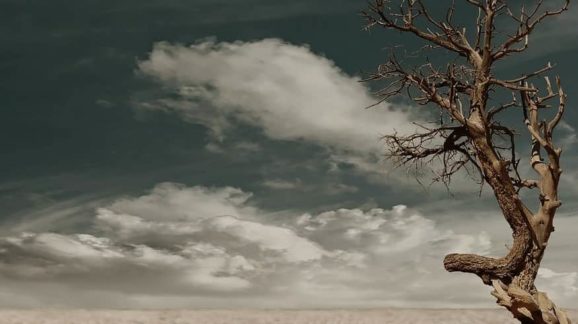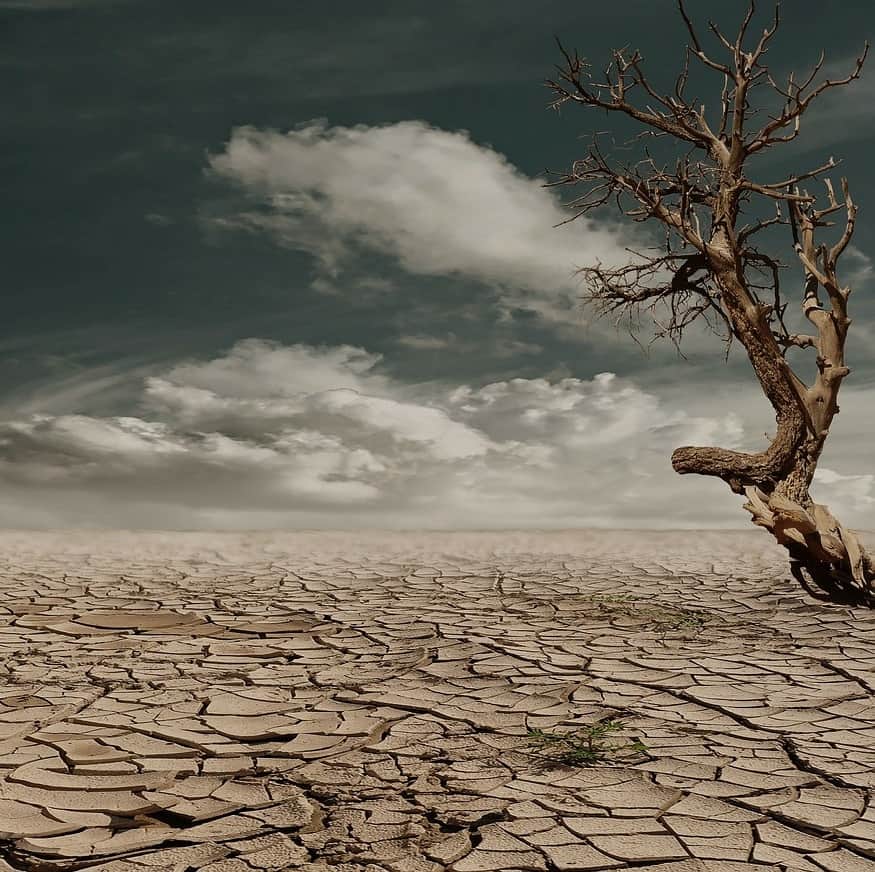What Paul Ehrlich’s “Eco-Catastrophe!” Tells Us about Climate Change Alarmism

 In my spare time, my number one hobby is to read short stories in the horror and science fiction genres. Thus, I recently came across Dr. Paul Ehrlich’s introduction to Nightmare Age, a 1970 sci-fi anthology.
In my spare time, my number one hobby is to read short stories in the horror and science fiction genres. Thus, I recently came across Dr. Paul Ehrlich’s introduction to Nightmare Age, a 1970 sci-fi anthology.
The ecologist Ehrlich is the rare historical figure who is famous for being wrong. Most infamously, his belief in resource depletion led him to wager economist Julian Simon that the cost of five commodities would increase over time. Ehrlich’s loss symbolized that human ingenuity is the ultimate resource, one that can never be depleted.
But that’s not all Ehrlich was wrong about. In his contribution to Nightmare Age, Ehrlich takes aim at the then-unfolding green revolution, which was a concerted effort in the 1960s, 70s, and 80s to improve agricultural yields in developing countries through a combination of better plant varieties, along with agricultural chemicals such as anhydrous ammonia and other inorganic fertilizers, and synthetic herbicides and insecticides.
The introductory passage is titled “Eco-Catastrophe,” and it was written in 1969. In it, Ehrlich predicts that over the next ten years the green revolution would lead to ecological deterioration and then world war. Here’s what Ehrlich saw in the future:
It became apparent in the early 70s that the “Green Revolution” was more talk than substance. Distribution of high-yield “miracle” grain seeds had caused temporary local spurts in agricultural production. Simultaneously, excellent weather had produced record harvests. The combination permitted bureaucrats, especially in the US Department of Agriculture and the Agency for International Development, to reverse their previous pessimism and indulge in an outburst of optimistic propaganda about staving off famine. They raved about the approaching transformation of agriculture in the underdeveloped countries (UDCs). The reason for the propaganda reversal was never made clear. Most historians agree that a combination of utter ignorance of ecology, a desire to justify past errors, and pressure from agro-industry … was behind the campaign. Whatever the motivation, the results were clear. Many concerned people, lacking the expertise to see through the Green Revolution drivel, relaxed. The population-food crisis was “solved.”
But reality was not long in showing itself. Local famine persisted in northern India even after good weather brought an end to the ghastly Bihar famine of the mid-‘60s. East Pakistan was next, followed by a resurgence of general famine in northern India. Other foci of famine rapidly developed in Indonesia, the Philippines, Malawi, the Congo, Egypt, Colombia, Ecuador, Honduras, the Dominican Republic, and Mexico.
Everywhere the realities destroyed the illusion of the Green Revolution. Yields dropped as progressive farmers who had first accepted the new seeds found that their higher yields brought lower prices—effective demand (hunger plus cash) was not sufficient in poor countries to keep prices up. Less progressive farmers, observing this, refused to make the extra effort required to cultivate the “miracle” grains … Finally, the inevitable happened, and pests began to reduce yields in even the most carefully cultivated fields … As chaos spread until even the most obtuse agriculturists and economists realized that the Green Revolution had turned brown, the Russians step in…
Ehrlich then imagines that the Russians, in an attempt to capitalize on an advantageous correlation of forces engendered by the failure of the green revolution, flood global markets with a hypothetical pesticide—Thanodrin—that ends up poisoning the oceans and leading to world war.
After relating this unpleasant future, Ehrlich adds a post-script that leaves little doubt the extent to which his sci-fi vision comported with his scientific outlook.
A pretty grim scenario. Unfortunately, we’re a long way into it already. Everything mentioned as happening before 1970 has actually occurred; much of the rest is based on projections of trends already appearing … Most of the people who are going to die in the greatest cataclysm in the history of man have already been born … It took several million years for the population to reach a total of two billion people in 1930, while a second two billion will have been added by 1975! By that time some experts feel that food shortages will have escalated the present level of world hunger and starvation into famines of unbelievable proportions. Other experts, more optimistic, think the ultimate food-population collision will not occur until the decade of the 1980s … Make no mistake about it, the imbalance will be redressed. The shape of the population growth curve is one familiar to the biologist. It is the outbreak part of an outbreak-crash sequence … Man is not only running out of food, he is also destroying the life support systems of the Spaceship Earth.
In fact, Ehrlich’s bleak outlook was dead wrong. In “Eco-Catastrophe,” the bad guys are “obtuse agriculturists and economists” whose false bill of goods (the green revolution) plunges the globe into anarchy. In real life, these green revolutionaries—led by Norman Borlaug—saved as many as a billion lives. Simply put, Ehrlich’s vision of the future, which he based on appeals to his scientific knowledge, was the exact opposite of what occurred. Hs vision is apocalyptic; reality was a story of human progress. (For more on Borlaug, see this thoughtful obituary on “the man who fed the world,” by my former colleague Greg Conko).
Ehrlich’s “population bomb” induced “eco-catastrophe” was among many eco-disaster theories that were faddish in the 1960s and 1970s. There was also “ecocide” and resource depletion. Not coincidentally, the “solution” was always the same: centralized re-orientation of the global economy such that it achieved “sustainability.”
In the eyes of many—myself included—climate change fits all too neatly into this historical progression of failed environmental doomsday predictions. To be sure, I don’t deny climate change; nor do I dispute mankind’s role. But I do reject global warming alarmism—i.e., the belief that there are heretofore unidentified “positive feedback mechanisms” that are likely to result in runaway catastrophic climate change. Instead, I’m a “lukewarmer.” I think non-catastrophic climate change is one of many priorities competing for limited resources. And in light of the humungous costs of “doing something” about climate change, I believe that mitigation is fool’s errand compared to the relative ease of management and adaptation.
From a rhetorical standpoint, there are obvious parallels between Ehrlich’s alarmism from 50 years ago and the modern debate over climate change policy. Apropos this point, I was struck by:
- How Ehrlich appeals to his own expertise (“Many concerned people, lacking the expertise to see through the Green Revolution drivel…”);
- His evident disdain for those who dare disagree with him;
- The tight coupling between his scientific understanding and his policy prescriptions; and,
- The apocalyptic descriptions of the supposed threat (he calls population growth the “greatest cataclysm in the history of man.”)
All of these are common tropes in the ongoing debate over climate change. Alas, I strongly suspect the parallels between Ehrlich’s failed eco-alarms and climate change run deeper than rhetoric.
Also, it is worth noting that Ehrlich’s star pupil, John Holdren, has served as President Obama’s chief science advisor for the last eight years. Holdren’s apple falls in close proximity to Ehrlich’s tree. For example, during his confirmation hearings, Holdren wouldn’t disavow his 1986 prediction that one billion people could die due to climate change by 2020. To repeat: Obama’s top science advisor is a student of Paul Ehrlich and said “it is still a possibility” that climate change would kill one billion people by 2020.